It’s been a busy few weeks, mostly spent doing fieldwork, working, identifying stuff and moving back down to uni, so I’ve been neglecting my blog a little bit. So to make up for it, here’s a big colourful blog about all the new things I managed to find during March and April, on my way to 1000 new species this year.
March
In total, I managed 131 new species during the month of March!
Algae: 10 new species this month, all seaweeds (marine macro-algae), taking my total to 40 for the group.
Lichens: A poor 3 more species added, taking my total to 20. I’ve decided to leave these until the autumn.
Fungi: Slowly increasing as ever, 2 new species. Total 110 for the group.
Bryophytes: As the main bryology season drew to a close, I managed 19 new species, taking my group total to 197. Amongst these species were some excellent liverworts: the extremely rare Riccia crystallina, and the highly localised Sphaerocarpos michelii. Thanks to Matt Stribley for telling me where to find them.
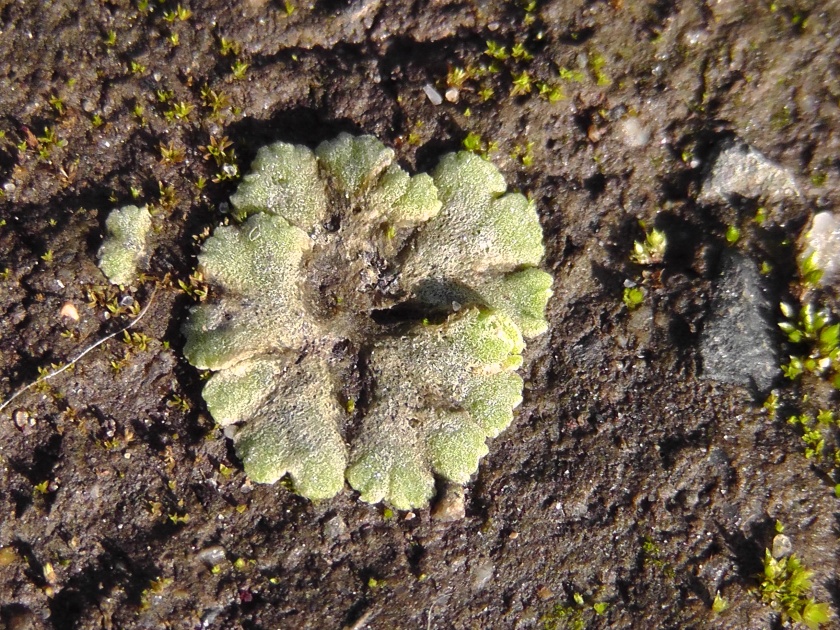
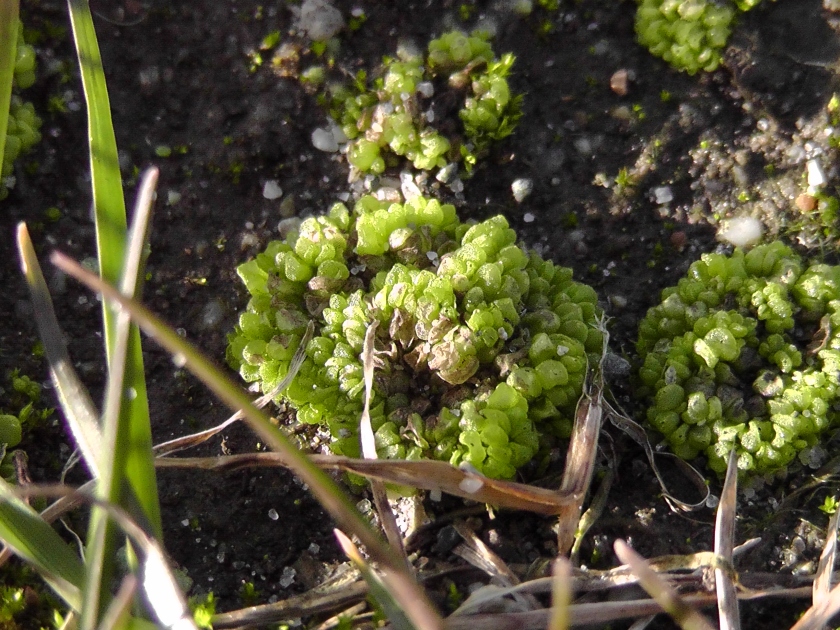
Vascular Plants: I managed 13 new species, taking my total to 884. These included the grass Poa compressa, and a couple of classic Cornish escaped Campanula species. Also Ranunculus tripartitus, the very localised Three-lobed Crowfoot, found on the Lizard.
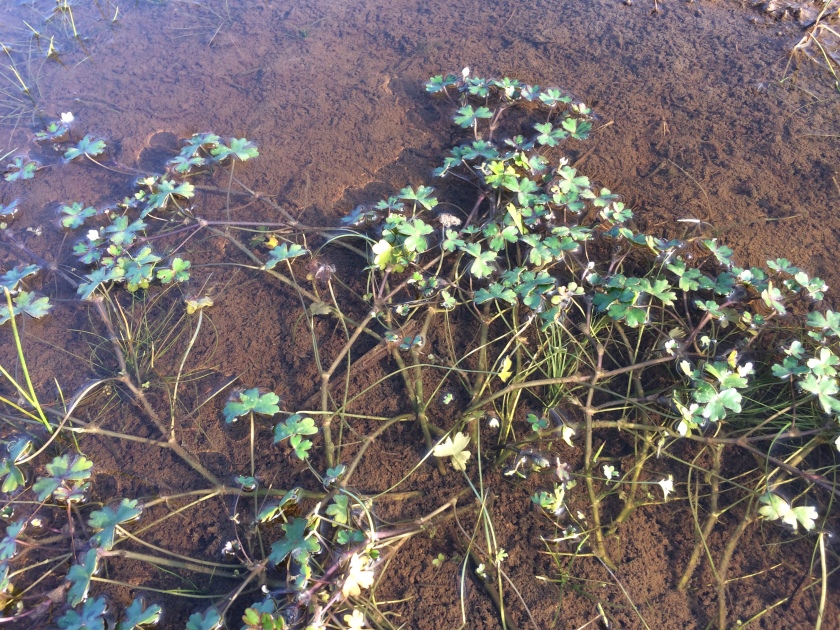
Cnidarians: An increase of 2, making a total of 12. One of these was an awesome stalked jellyfish: Haliclystus octoradiatus. I can’t remember what the other was!
Molluscs: 9 new species, so I’m now at 110 for the group. Additions included a monstrous 20cm Sea Hare: Aplysia punctata!
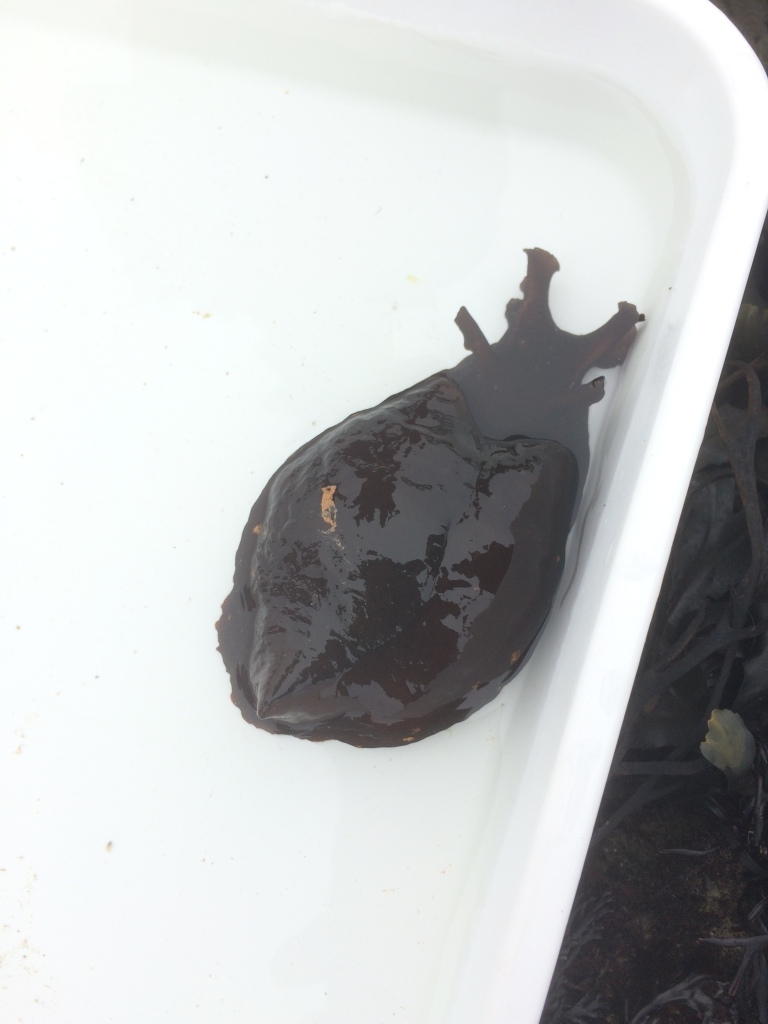
Bryozoans: An increase of 1, from 3 to 4. Cellepora pumicosa.
Annelids: 4 new species, taking my total to 17. A few of the easier rockpool species.
Arachnids: 3 new species, bringing me up to 79 for the group. The highlight by far was the Spitting Spider: Scytodes thoracica, found and brilliantly photographed by Will Hawkes.
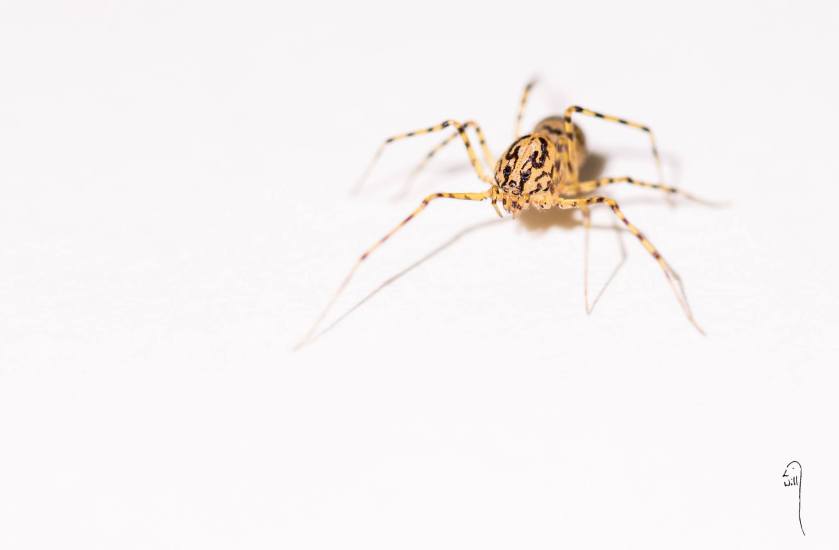
Myriapods: An increase of 1, taking my total to 51.
Crustaceans: A surprising increase of 11 species, bringing my total to 45 for the group. I’m very pleased with my additions to this group, which included 5 isopods from the genus Idotea, and some cool crabs, including this purpley Risso’s Crab: Xantho pilipes.

Orthopteroids: 1 addition, an Unarmed Stick-insect found by Ellie Mayhew! Temporarily brought indoors for people to come and admire. A real Cornish speciality, naturalised since 1979!
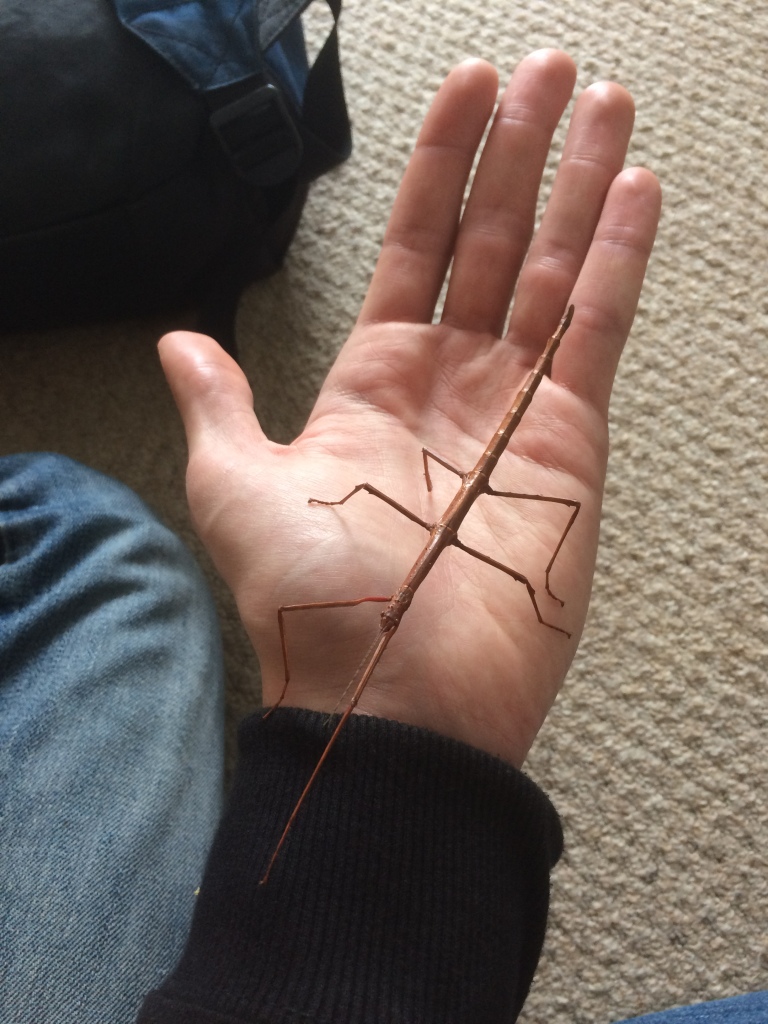
Hemipteroids: 9 new species, including a few Psocids (I’m not sure why these are part of hemipteroids in PSL groupings, surely they should be in ‘remaining insect orders’?). Total now 86.
Hymenoptera: 10 new species bringing my total to 77. Mostly solitary bees, added with guidance from Will Hawkes!
Coleoptera: Perhaps my favourite insect group currently. 15 new species this month, increasing my total to 235. Mostly weevils, including ‘species 3000’ Neliocarus nebulosus.
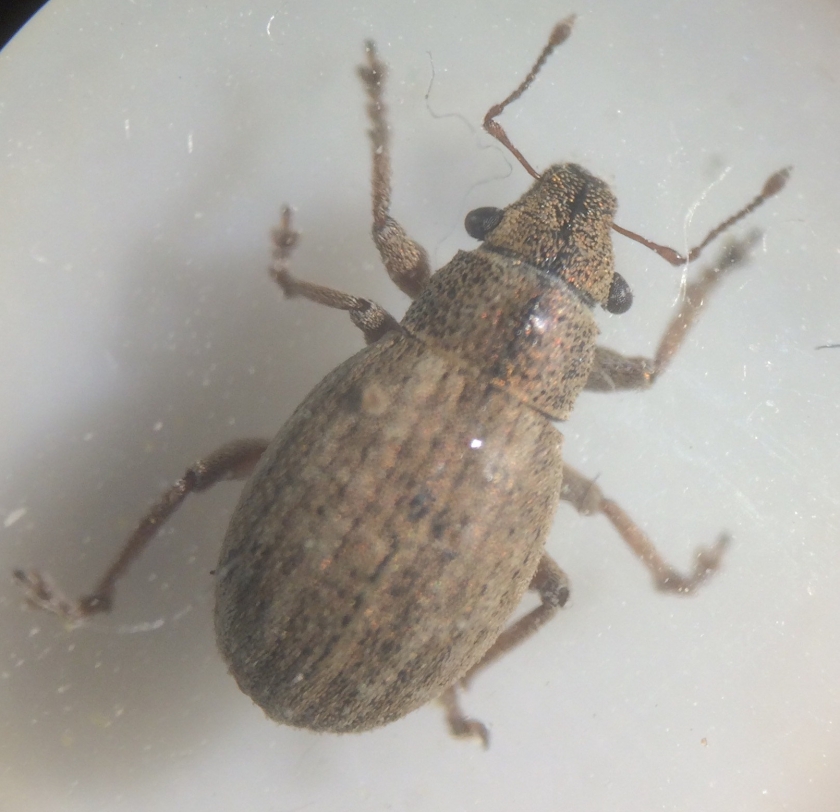
Diptera: 4 species added, up to 93 now overall. These included the hoverfly Cheilosia albipila, seemingly not recorded in Cornwall for a couple of decades!
Moths: 4 new species, now at 487. These included the wonderful Pine Beauty (Panolis flammea).
Echinoderms: 1 new species, the green sea urchin (which isn’t always green) Psammechinus miliaris. Total now 7 for the group.

Fish: After being relatively stuck for new fish for quite a while, 5 new species was excellent! Total now 51 for the group. Additions included Shore Rockling (Gaidropsaurus mediterraneus, right), Butterfish (Pholis gunnellus, top left) and the rare Giant Goby (Gobius cobitis, bottom left).
Birds: 3 new species this month, and all pretty nice things if I don’t say so myself! Hume’s Warbler (twitched on Portland with Toby Phelps and Liam Langley), Bonaparte’s Gull (a super showy individual half an hour from campus) and a Hoopoe (quick diversion from birding on the Lizard to see it)! Now at 257.
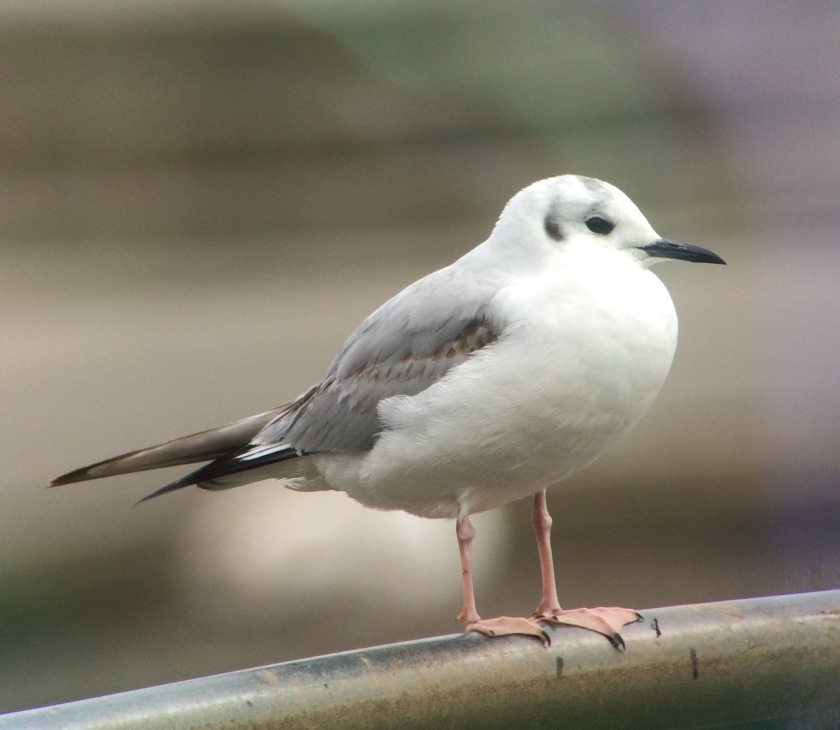
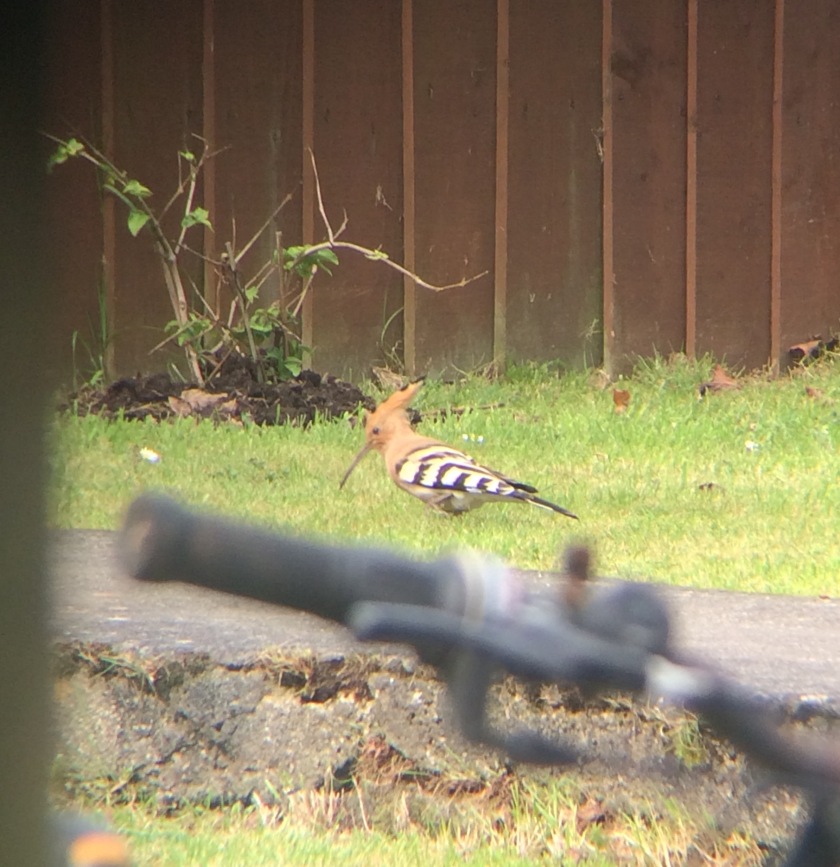
Mammals: 1 new species this month, total now 39. I was persuaded to add Human (Homo sapiens) to my list by fellow PSLers.
April
April has been the biggest month so far with regards to adding new species to my list. I surpassed my own expectations by quite a way, with 204 new species! 6.8 new species per day on average. This did include an epic 40+ lifer day involving a day out in chalk grassland (Devil’s Dyke, Cambs) and the Brecklands with Brian Eversham, followed by about 7 hours of microscope IDing!
Fungi: 8 new additions, mostly gall-causers. Total now 118.
Vascular Plants: 5 new additions taking my total to 889. One new species was the long awaited Pasqueflower, at Devil’s Dyke, Cambridgeshire.
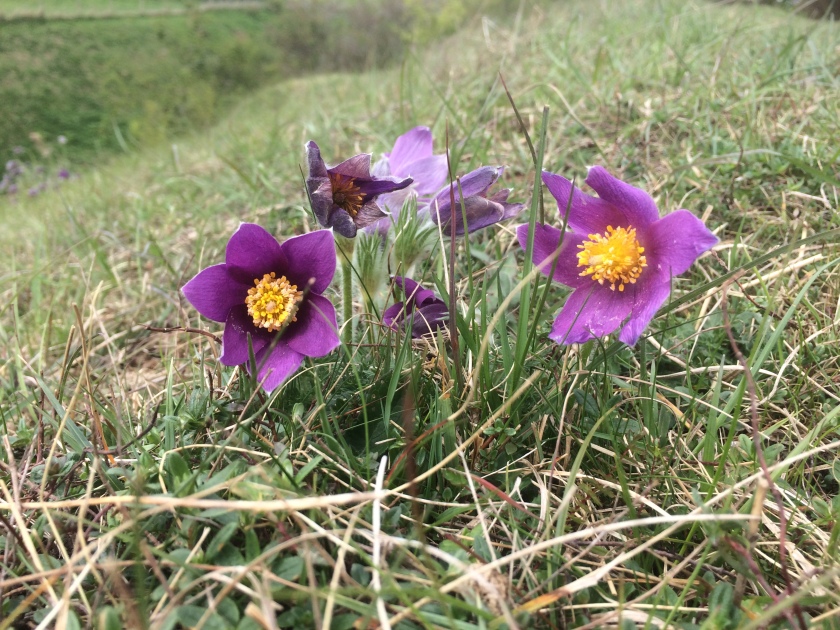
Molluscs: 3 new species, total now 113.
Arachnids: 14 new species. A mixture of gall-causing mites and spiders. A personal highlight was finding the fairly localised spider Steatoda phalerata on the Suffolk coast.
Hemipteroids: A fairly substantial increase of 45 species, from 86 to 131! This included lots of species of Leafhopper (Cicadellidae), a few Planthoppers (Delphacidae), a Lacehopper (Cixiidae), and lots of Heteroptera (Bugs). Far left: A common leafhopper species, Eupteryx florida. Mid left: A common lacehopper species, Tachycixius pilosus. Mid right: A planthopper species associated with Sand Sedge (Carex arenaria), Kelisia sabulicola. Far right: A lacebug (family Tingidae), Physatocheila dumetorum. Fairly frequent on lichen covered trees, but at 2.5mm long, easy to miss!
Hymenoptera: 10 more species, bringing my total up to 87. These were all species of solitary bee, and included Nomada goodeniana.

Coleoptera: Beetles were very much a focal point for me this month. I specifically targeted the various weevil families (Curculionidae, Apionidae, Rhynchitidae etc.), and the seed and leaf beetles (Chrysomelidae), but also spent lots of time attempting random beetles that I came across. I managed 92 new species, bringing my group total to 327! Here are some pictures to illustrate the amazing diversity of beetles, a sample of things new to me in April!
Curculionid weevils left to right: Phyllobius viridearis, Acalyptus carpini, Curculio glandium, Mogulones asperifoliarum. P.viridearis was my last lifer in April, and 500th lifer for the year.
Orthocerous weevils left to right: Exapion fuscirostre, Apion frumentarium (Apionidae), Neocoenorrhinus pauxillus, Tatianaerhynchites aequatus (Rhynchitidae).
Chrysomelid beetles left to right: Cassida vibex, Longitarsus dorsalis, Bruchus rufimanus, Phyllotreta vittula.
Other beetles left to right: Salpingus planirostris (Salpingidae), Psilothrix viridicoeruleus (Dasytidae), Aderus populneus (Aderidae), Glischrochilus hortensis (Nitidulidae).
Diptera: 12 new species, meaning that I’ve finally reached 3 figures for the group! 105 now the total. Most additions were leaf miners, gall causers, and Bibionid flies.
Moths: 11 new species, my total is now 498. A few leaf miners, and a few common-ish species that I’ve finally caught up with, such as Common Heath, Ematurga atomaria.
Insects remaining small orders: 1 new species. I actually had 3 new lacewings, but realised that my two thrips species belomged in the ‘hemipteroids’ category.
Birds: 2 new species, bringing my total up to 259. Contrasting with the rare and scarce additions during March, these were both long-term bogey species: Black Tern (at RSPB Minsmere) and Common Crossbill (seen whilst dipping the Haddon Hill Two-barred Crossbill). Crossbill is probably the best finch I’ve ever seen.

Other animals: 1 addition, so my total is at last 1! The gall causing nematode worm Ditylenchus dipsaci, easily found on Ribwort Plantain (Plantago lanceolata).
























Oh my – ribwort plantain you say … my new favourite ecosystem! Nice collection and nice pics
LikeLike
That nematode species apparently occurs on a huge number of plants, but I’ve found it very easy to find on Ribwort Plantain! Thanks very much
LikeLike
Do you have any images of Ditylenchus dipsaci infestations on ribwort plantain? I have no idea what to look for and can’t find any references on the subject. Is it a visible miner, or otherwise?
LikeLike
I don’t currently, but I’ll see what I can do! It’s more a gall causer than a miner, and causes irregular (although not massively noticeable) swellings and raised areas on the leaf surface, and small swellings on the stem sometimes.
LikeLike